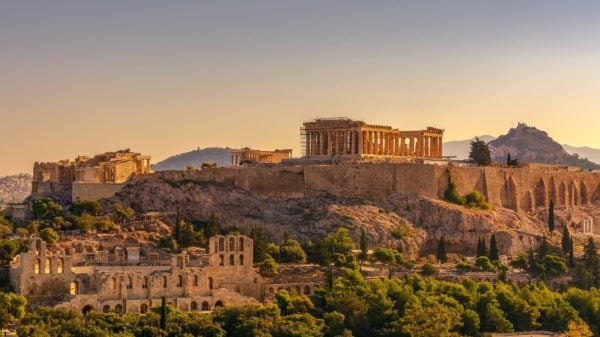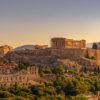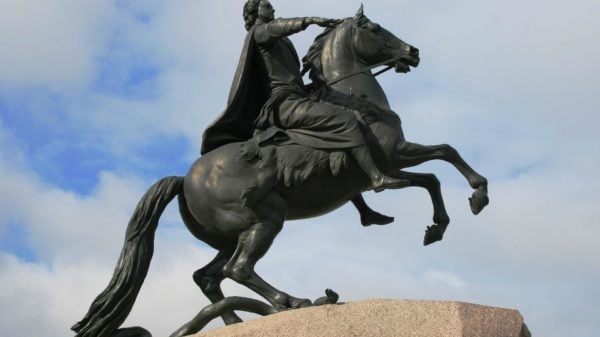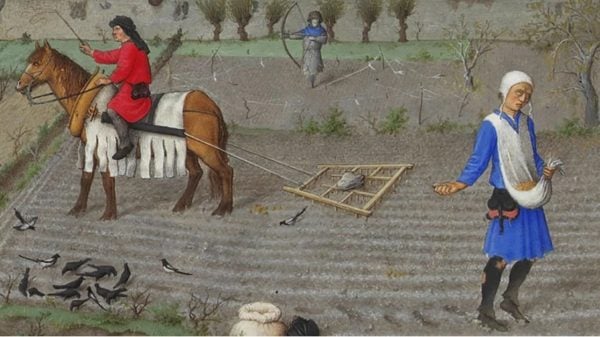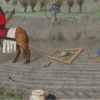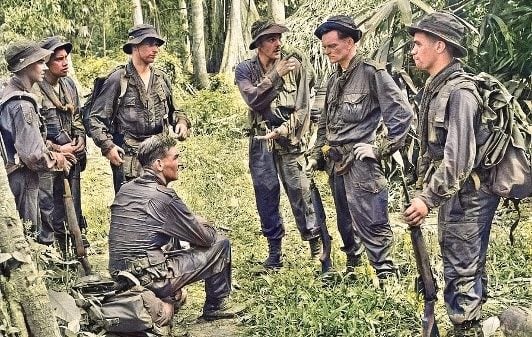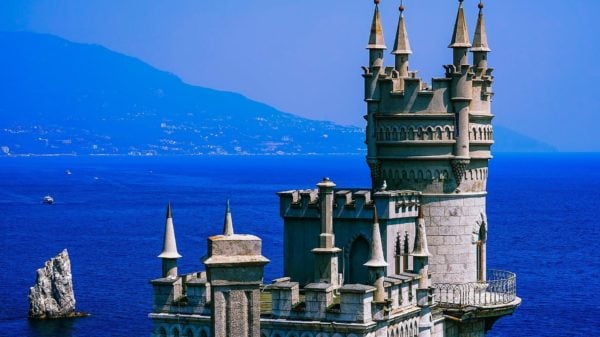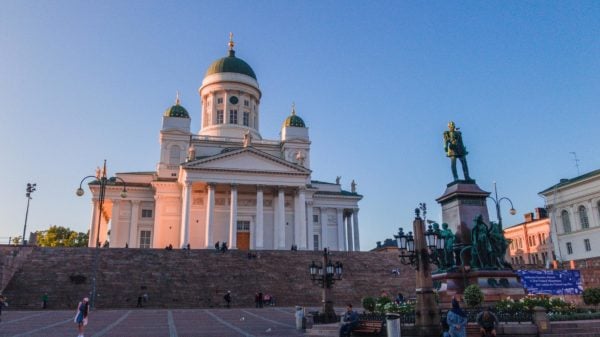Archeologists worked to dig out hidden civilizations in Mexico City, but they were not expecting to unearth another astounding yet frightening discovery this month. According to the National Institute of Anthropology and History (INAH), they discovered a massive pile of skulls arranged strategically in a tower formation.
Finding skulls is not exactly something new for the institute. Their team had been excavating in the area for the past five years. Due to this month’s discovery ten feet below the ground, the total number of skulls now reached 603.
Based on the institute’s report, people can find the discovery at the eastern facade of a large construction site known as the Huey Tzompantli that measures approximately 15 feet tall. The Smithsonian Magazine revealed that the tower’s diameter is about 16.4 feet.
INAH described the new excavation site as an amazing platform with a barrier that the Mexicas consecrated to the Aztec god, Huitzilopochtli.
At the moment, there were about seven “tzompantli” or “skull rack” in the area that used to be called Tenochtitlán, the capital city of the Aztec. The discovery reportedly dates back from 1486 to 1502, back when the government of the Tlatoani Ahuízotl was still in power. Sky News stated that the skulls are strategically arranged on top of each other in a circular pattern. The gaps were reportedly packed with mortar.

One of the first questions that come to mind after the discovery was how did the skulls get there in the first place. A story from BBC News explained that human sacrifices were common during the time of the Aztecs. At that time, the warriors may literally do everything possible to get the approval of the people in higher positions. According to archeologists, the skulls could be the victims that served as the “gifts for the gods.” They may also be considered as the deities personified.
Reports also mentioned that some of the skulls belonged to women and children. According to a report from the Smithsonian Magazine, at least three of those craniums belong to kids. The particular age of the skulls was based on their size and the state of their teeth.
Some people also believe that the heads of the people used to be placed on poles before they got installed in the Huey Tzompantli. They have possibly inserted through the edge and fused together with lime. The report also noted that the sizes of the skulls widen as they go higher in a pile. However, the item that was supposed to be in the middle of the circle remains a mystery since the arrangement formed in the eastern facade is not typical.
In an interview with BBC, Mexican Culture Minister Alejandra Frausto described the skull tower as one of the most impressive archaeological discoveries in the country during the past years.
While the discovery may not look pleasing to the eyes, the Huey Tzompantli played a significant role in the community since it can please their gods and guarantee a better fortune. Today, it allows spectators to have a glimpse of the customs and traditions of the ancient culture.
The archeologists also discovered another sacred Aztec spectacle called the Templo Mayor ruins. This temple was allegedly established to honor the god of war, Huitzilopochtli, and the god of rain, Tlaloc. Today, the site hosts the Metropolitan Cathedral.





